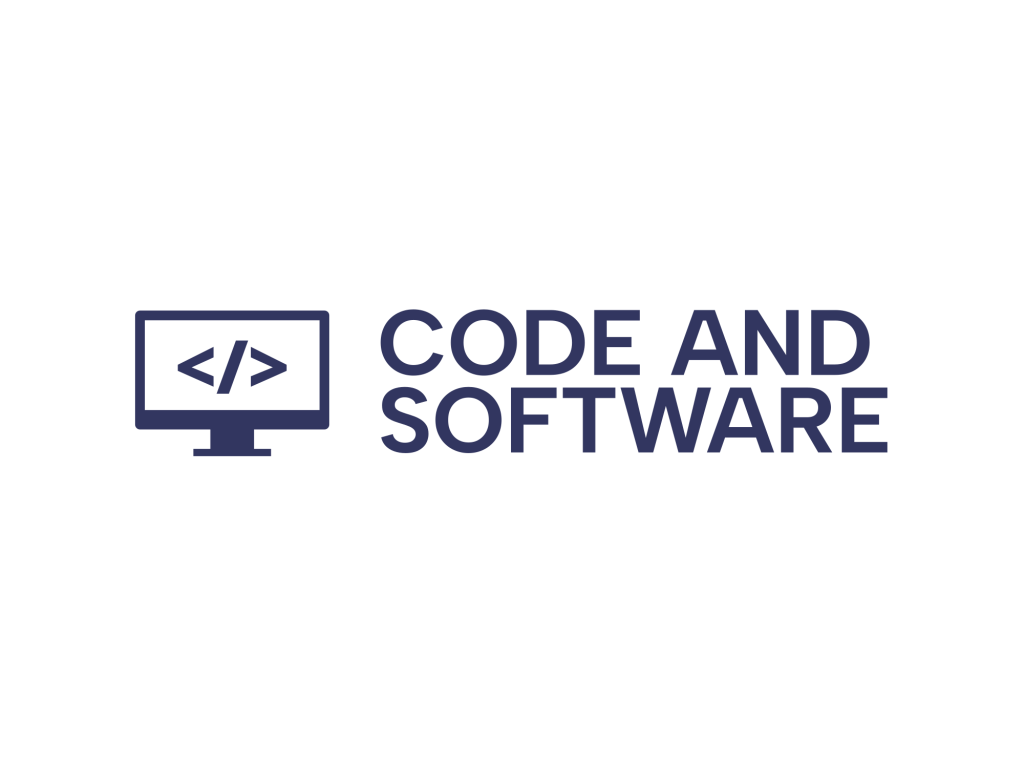In today’s global market, building a multilingual YouTube channel unlocks access to massive new audiences. While most creators focus only on their native language, adding just one or two more languages can mean a 10x—or even 1000x—increase in reach. But the key to explosive growth lies not just in adding subtitles—it’s in creating a culturally tailored, well-structured content strategy that resonates across borders.
Many creators underestimate the power of multilingual content. Whether you’re already growing a successful channel or you’re just starting out, this guide will show you how to grow your channel by 1000x in one month with specific multilingual YouTube strategies that actually work.
Why Multilingual Content is the Future
YouTube’s global audience spans over 100 countries and 80 languages. Over 60% of views come from outside native-English-speaking audiences. Leveraging this isn’t about translating your videos—it’s about building a global brand.
When you go multilingual, you:
- Attract new market segments
- Increase view time with native-language content
- Open doors for international sponsorships
- Strengthen your SEO with language-specific keywords

Step-by-Step Strategy: 1000x Growth
1. Research Global Audiences
Start by identifying 2–3 languages that align with your content. Analyze your YouTube Analytics under the “Geography” tab to see where your current viewers are coming from. Languages like Spanish, Hindi, Portuguese, and Arabic have rapidly growing online user bases.
2. Create Language-Specific Channels or Playlists
Avoid cluttering your main feed with multilingual videos. Instead, consider:
- Creating separate language channels (e.g., “MyChannel Español”)
- Using language-specific playlists if your base content remains the same
This technique helps with SEO and creates a better viewer experience.
3. Go Beyond Subtitles — Use Voiceovers & Native Hosts
Automated subtitles are not the same as cultural understanding. Growing exponentially means speaking the audience’s language—literally and socially.
Use native voice talent or hire co-hosts in different markets. Not only will you ensure accuracy, you’ll also build emotional connection with viewers.
Image not found in postmeta
4. Translate Titles, Descriptions & Tags
YouTube uses video metadata to rank content in search. Translating just the video itself won’t help if your titles and descriptions are only in one language. Use tools like Google Translate for starters, but have a bilingual editor polish them for accuracy and local nuance.
5. Use Dynamic Thumbnails
Thumbnails matter even more when targeting diverse audiences. When you upload videos in different languages, make sure the visuals and text in the thumbnail match the cultural tone of that audience.
For example, colors that evoke excitement in Western cultures might indicate mourning elsewhere. Tailor thumbnails regionally where possible.
Tools That Help You Scale
Don’t burn out trying to manually translate and upload everything. Invest in tools like:
- Descript or Kapwing for auto-transcription and voice generation
- DeepL or Lokalise for more human-like translations
- TubeBuddy or VidIQ for keyword research in multiple languages
Promotion & Community Building
Once your content is localized, you can’t rely on existing subscribers to drive traffic. Instead, build communities in new languages via:
- Localized social media accounts (Instagram, TikTok, etc.)
- Collaborations with creators in the target language
- Comment engagement in native languages
Reply to comments in the viewer’s own language. Hire multilingual moderators if needed—it goes a long way in building trust and loyalty.
Success Recap: Key Takeaways
Growing a multilingual YouTube channel isn’t just about more exposure—it’s about smarter content delivery. If you follow this approach, it’s possible to 1000x your growth in a matter of weeks—by unlocking hidden markets where your content is new and exciting.
- Choose the right languages based on data
- Segment content logically and clearly
- Invest in native resources and tools
- Build cultural trust, not just translations
By making the leap into multilingual content, your YouTube channel is not just talking to the world—it’s starting a conversation around it.

